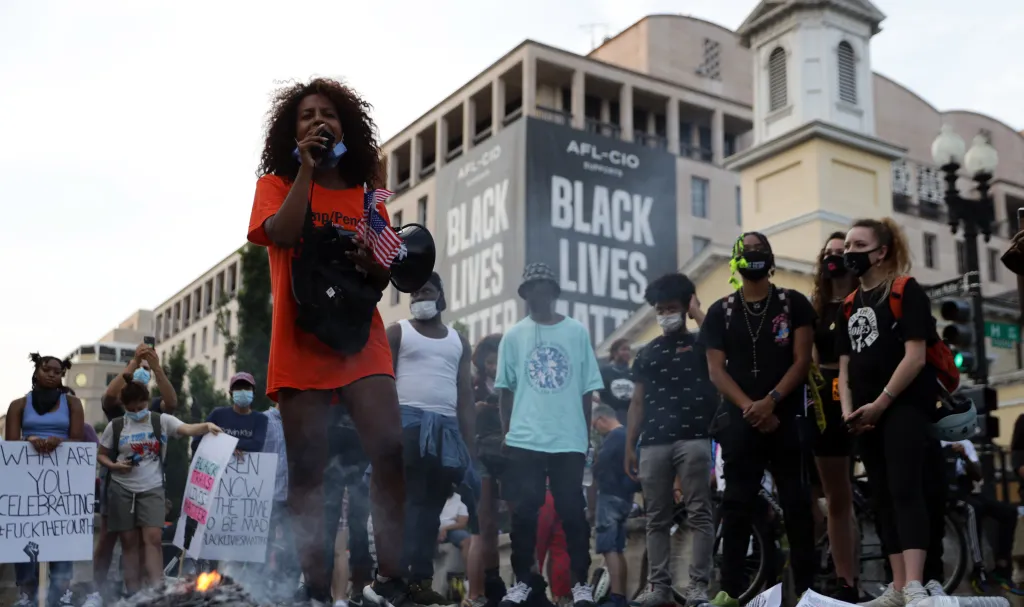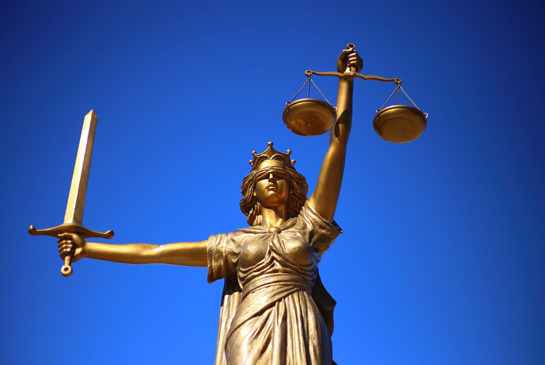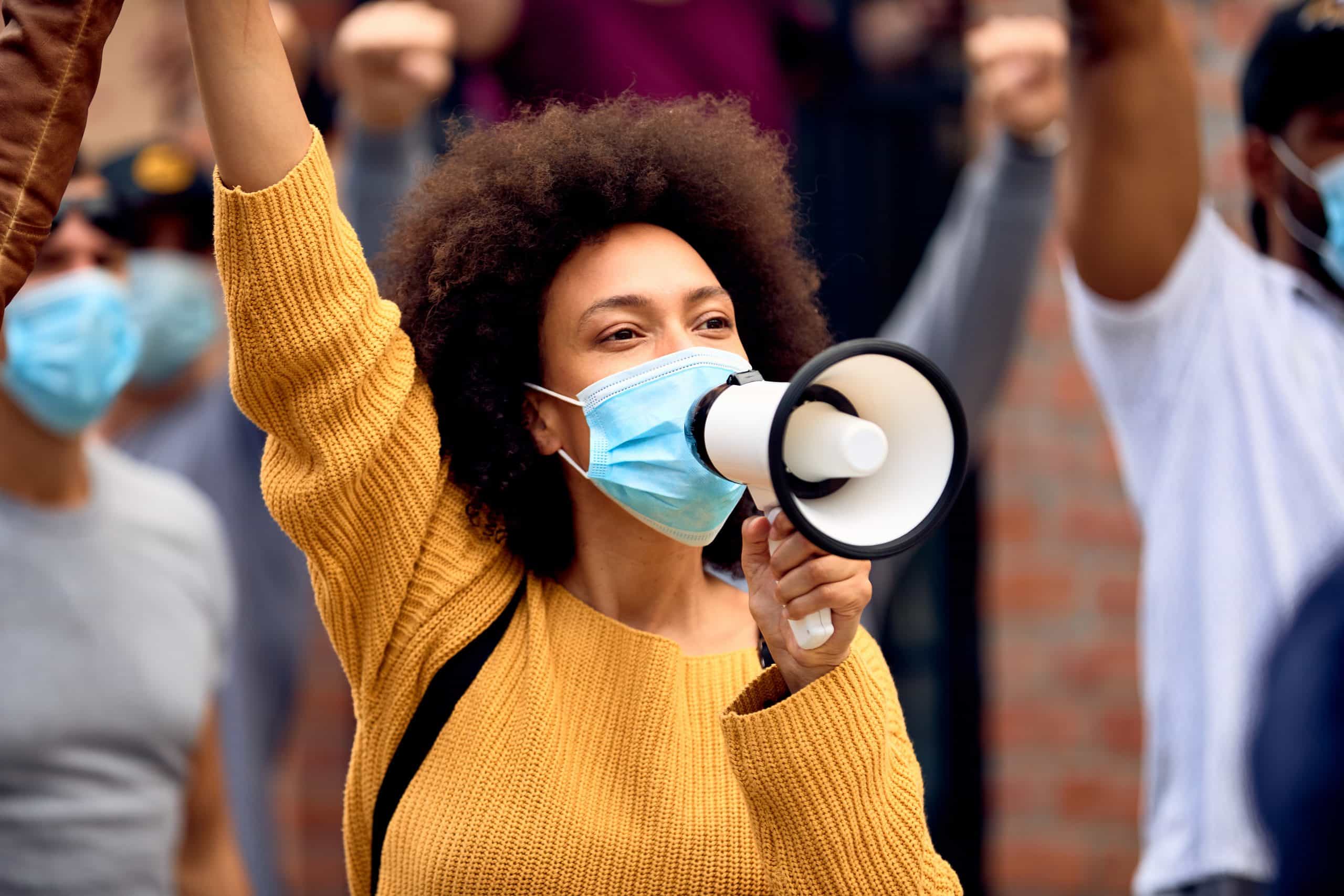Imagine a nation built on the promise of liberty, yet shadowed by centuries of systemic wrongs—slavery, segregation, and ongoing racial injustices. The United States, a beacon of democracy, grapples with a past that continues to shape its present. Transitional justice, a framework typically associated with post-conflict societies, offers a path to confront these legacies, foster accountability, and rebuild trust. This article explores why the U.S. needs transitional justice, how it could work, and what it means for a nation striving to live up to its ideals.
What Is Transitional Justice?
Transitional justice is a set of tools—judicial and non-judicial—that societies use to address massive human rights violations, rebuild social trust, and prevent future abuses. Think of it as a societal reset button, designed to acknowledge pain, deliver justice, and pave the way for reconciliation. From truth commissions to reparations, it’s about facing hard truths to heal fractured communities.
Why Does It Matter for the U.S.?
The U.S. isn’t emerging from a civil war or dictatorship, so why talk about transitional justice? The answer lies in the persistent inequalities and normalized wrongs that have shaped American society. From the legacy of slavery to modern-day police brutality, these issues demand a reckoning. Transitional justice could help the U.S. confront its past and build a more equitable future.
A Historical Case for Transitional Justice
The U.S. has a long history of systemic injustices that transitional justice could address. Let’s walk through some key moments that highlight the need for a structured approach to accountability and healing.
Slavery and Its Lasting Legacy
For over 200 years, slavery stripped millions of African Americans of their humanity, creating generational wealth gaps that persist today. The racial wealth gap in 2025 mirrors that of 1968, with Black families holding just 10% of the net worth of white families on average. This isn’t just history—it’s a structural issue that demands redress.
Jim Crow and Segregation
Post-slavery, Jim Crow laws enforced racial segregation, denying Black Americans access to education, housing, and economic opportunities. These policies weren’t just discriminatory—they were state-sponsored violations of human rights. Their effects linger in redlined neighborhoods and underfunded schools.
The Civil Rights Era and Unfinished Promises
The Civil Rights Movement of the 1960s dismantled legal segregation, but systemic racism didn’t vanish. Discriminatory practices in housing, employment, and criminal justice continued. The unfulfilled promises of equality fuel calls for transitional justice today.
Modern-Day Police Brutality
The killings of George Floyd, Breonna Taylor, and others in 2020 sparked nationwide protests and a renewed focus on racial justice. These incidents aren’t isolated—they reflect a pattern of normalized political wrongdoing, where certain groups face disproportionate harm. Transitional justice could address these systemic issues head-on.
Mechanisms of Transitional Justice
Transitional justice isn’t a one-size-fits-all solution. It involves a combination of mechanisms tailored to a society’s needs. Here’s how they could apply in the U.S.
Truth Commissions
Truth commissions are non-judicial bodies that investigate past abuses, document truths, and recommend reforms. South Africa’s Truth and Reconciliation Commission is a global model, having documented apartheid-era atrocities. In the U.S., a truth commission could investigate slavery, segregation, and police violence, giving victims a platform to share their stories.
Reparations
Reparations can take many forms—monetary payments, land redistribution, or social programs like free education or healthcare. In the U.S., reparations for slavery and its aftermath have been debated for decades. For example, in 1988, the U.S. provided $20,000 to each Japanese American interned during World War II, setting a precedent for reparative justice.
Criminal Prosecutions
Holding individuals accountable for human rights abuses is a cornerstone of transitional justice. In the U.S., this could mean prosecuting law enforcement officers involved in systemic abuses or addressing corporate complicity in historical wrongs, like companies that profited from slavery.
Institutional Reforms
Reforming institutions—like the police, judiciary, or education system—is critical to preventing future abuses. For instance, defunding or restructuring police departments could address systemic racism in law enforcement, aligning with demands from the Black Lives Matter movement.
Memorials and Cultural Healing
Memorials, apologies, and educational initiatives preserve historical memory and promote healing. The National Memorial for Peace and Justice in Alabama, which honors lynching victims, is a step toward acknowledging the U.S.’s painful past.
Why the U.S. Needs Transitional Justice Now
The U.S. shares characteristics with societies that have pursued transitional justice: pervasive structural inequality, normalized political wrongdoing, and a broken social contract. These issues aren’t just historical—they’re ongoing, as seen in disparities in wealth, health, and justice.
Pervasive Structural Inequality
Structural inequality in the U.S. limits opportunities for marginalized groups. For example, Black Americans are incarcerated at five times the rate of white Americans, and Native Americans face chronic underfunding on reservations. These aren’t accidents—they’re systemic failures that transitional justice could address.
Normalized Political Wrongdoing
When human rights violations become routine, they erode trust in institutions. Police brutality, voter suppression, and discriminatory housing practices are examples of wrongs that have been normalized in the U.S. Transitional justice seeks to break these cycles.
A Broken Social Contract
The social contract—the trust between citizens and the state—is frayed when certain groups are systematically excluded. Transitional justice could rebuild this trust by acknowledging past wrongs and implementing reforms to ensure equity.
Comparing U.S. Efforts to Global Examples
To understand how transitional justice could work in the U.S., let’s compare it to global examples.
| Country | Mechanism | Outcome |
|---|---|---|
| South Africa | Truth and Reconciliation Commission | Documented apartheid abuses, promoted reconciliation, but left economic gaps. |
| Colombia | Truth Commission, Judicial Bodies | Addressed decades of conflict, supported victims, but implementation ongoing. |
| Canada | Truth and Reconciliation Commission | Acknowledged residential school abuses, led to reparations and policy changes. |
| U.S. (Proposed) | Truth Commission, Reparations | Could document slavery and police brutality, provide reparations, and reform systems. |
Lessons from South Africa
South Africa’s Truth and Reconciliation Commission gave victims a voice and documented atrocities, but it didn’t fully address economic inequalities. The U.S. could learn from this by pairing truth-telling with robust reparative measures.
Lessons from Canada
Canada’s Truth and Reconciliation Commission focused on Indigenous residential school abuses, leading to apologies and reparations. The U.S. could adopt a similar model to address Native American boarding school legacies and other historical wrongs.
Pros and Cons of Transitional Justice in the U.S.
Pros
- Acknowledgment: Recognizes victims’ suffering and validates their experiences.
- Accountability: Holds perpetrators accountable, whether individuals or institutions.
- Reconciliation: Fosters social cohesion by addressing divisions.
- Prevention: Reforms systems to prevent future abuses.
Cons
- Political Resistance: Efforts may face pushback from those who deny systemic issues.
- Cost: Reparations and reforms require significant funding.
- Complexity: Designing context-specific solutions is challenging.
- Time: Healing and reform take years, testing public patience.
Challenges to Implementing Transitional Justice
Implementing transitional justice in the U.S. won’t be easy. Political polarization, denial of systemic racism, and economic constraints pose significant hurdles.
Political Polarization
Transitional justice requires bipartisan support, but polarized politics could stall efforts. For example, debates over reparations often split along party lines, with some viewing them as divisive rather than unifying.
Denial of Systemic Issues
Some Americans argue that systemic racism is a thing of the past. Overcoming this denial requires education and truth-telling, which a truth commission could facilitate.
Economic Costs
Reparations and reforms are expensive. Estimates for slavery reparations range from $5 trillion to $14 trillion. Funding such initiatives would require creative solutions, like reallocating budgets or public-private partnerships.
How to Start the Process
So, where do we begin? Here’s a roadmap for launching transitional justice in the U.S.
- Establish a National Truth Commission: Create a body to investigate historical and ongoing abuses, starting with slavery and police brutality.
- Engage Communities: Center victims’ voices in designing reparations and reforms.
- Fund Pilot Programs: Test reparative measures, like free education or healthcare, in communities hardest hit by systemic inequities.
- Educate the Public: Use schools, media, and memorials to share the truth about America’s past.
- Reform Institutions: Overhaul policing, housing, and education systems to ensure equity.
Real-Life Stories of Impact
To make this real, let’s consider a story. In 2020, I met Sarah, a Black woman from Chicago whose brother was killed by police. She described the pain of not just losing him but feeling that the system didn’t care. “No one listens,” she said. “It’s like we’re invisible.” A truth commission could give Sarah a platform to share her story, demand accountability, and push for reforms that prevent other families from enduring her pain.
Another example is the Tulsa Race Massacre of 1921, where a white mob destroyed a thriving Black community. Survivors and descendants have fought for reparations for decades. In 2021, the city of Tulsa issued an apology, but no federal reparations have followed. Transitional justice could provide a framework for addressing such historical wrongs.
People Also Ask (PAA)
What is transitional justice in simple terms?
Transitional justice is how societies address large-scale human rights abuses to achieve accountability, healing, and reform. It includes tools like truth commissions, reparations, and prosecutions to rebuild trust and prevent future violations. In the U.S., it could tackle issues like slavery and police brutality.
Why does the U.S. need transitional justice?
The U.S. has a history of systemic injustices—slavery, segregation, and ongoing racial disparities—that have eroded trust in institutions. Transitional justice could acknowledge these wrongs, provide reparations, and reform systems to ensure equity, fostering a stronger social contract.
What are examples of transitional justice in other countries?
South Africa’s Truth and Reconciliation Commission documented apartheid abuses, while Colombia’s transitional justice system addresses decades of conflict. Canada’s Truth and Reconciliation Commission tackled Indigenous residential school abuses, offering a model for the U.S.
How can I learn more about transitional justice?
Explore resources from the International Center for Transitional Justice (ICTJ) or the United States Institute of Peace (USIP). Books like Transitional Justice in Balance by USIP provide in-depth insights. Online courses or local human rights organizations can also offer valuable information.
FAQ Section
What is the goal of transitional justice in the U.S.?
The goal is to acknowledge historical and ongoing human rights abuses, provide redress to victims, reform institutions, and rebuild trust between citizens and the state. It aims to create a more equitable society by addressing systemic inequalities.
How would reparations work in the U.S.?
Reparations could include monetary payments, land redistribution, or social programs like free education or healthcare. They’d be tailored to victims’ needs, potentially funded through federal budgets or public-private partnerships. Historical precedents, like Japanese American internment reparations, show it’s feasible.
Can transitional justice address modern issues like police brutality?
Yes, transitional justice can tackle modern issues by investigating patterns of abuse, holding perpetrators accountable, and reforming systems like policing. A truth commission could document cases like George Floyd’s, while reforms could address systemic racism in law enforcement.
Is transitional justice only for post-conflict societies?
No, transitional justice is evolving to include stable democracies like the U.S., where systemic abuses persist. Countries like Canada and South Korea have used it to address historical wrongs, proving its relevance beyond conflict zones.
Where can I find tools to support transitional justice efforts?
Organizations like the ICTJ (ictj.org) and USIP (usip.org) offer resources, reports, and toolkits. Local advocacy groups, like those tied to the Black Lives Matter movement, provide community-based support for justice initiatives.
Conclusion: A Path Forward
Transitional justice isn’t a quick fix—it’s a long-term commitment to facing hard truths and building a better future. For the U.S., it’s a chance to confront the legacies of slavery, segregation, and systemic racism, offering acknowledgment to victims like Sarah and justice to communities like Tulsa’s. By embracing truth commissions, reparations, and reforms, the U.S. can strengthen its social contract and live up to its promise of liberty for all. The road is long, but the first step is admitting we need to walk it.



